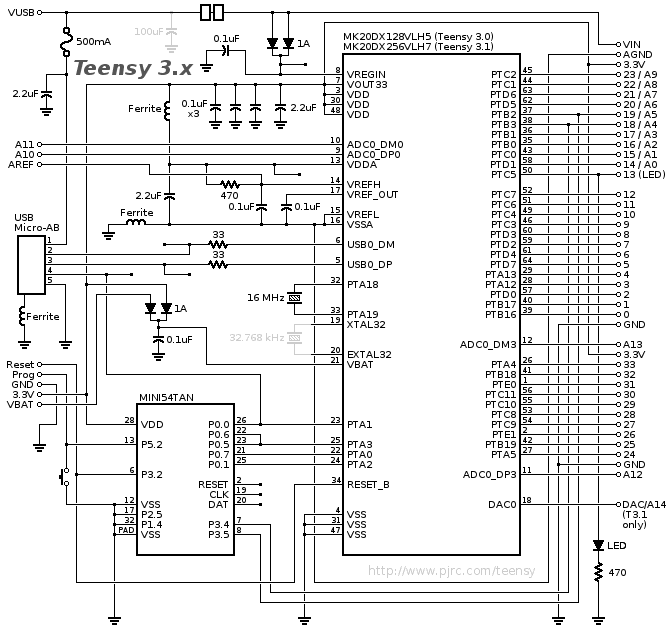Hello,
I have a project where I would like to power the teensy from usb when plugged into a computer but also have an optional external power when it is connected to an iPad.
Would a DC connector with integrated switch work for this ?
I would cut apart vin and vusb. The (normally closed) switch of the dc connector would be soldered to vin and vusb meaning that when no plugs are in vin and vusb are connected. If I insert power in the dc barrel then vusb gets disconnected and ground and vin get power from the external supply.
Does that seem to make sense ?
I have a project where I would like to power the teensy from usb when plugged into a computer but also have an optional external power when it is connected to an iPad.
Would a DC connector with integrated switch work for this ?
I would cut apart vin and vusb. The (normally closed) switch of the dc connector would be soldered to vin and vusb meaning that when no plugs are in vin and vusb are connected. If I insert power in the dc barrel then vusb gets disconnected and ground and vin get power from the external supply.
Does that seem to make sense ?


